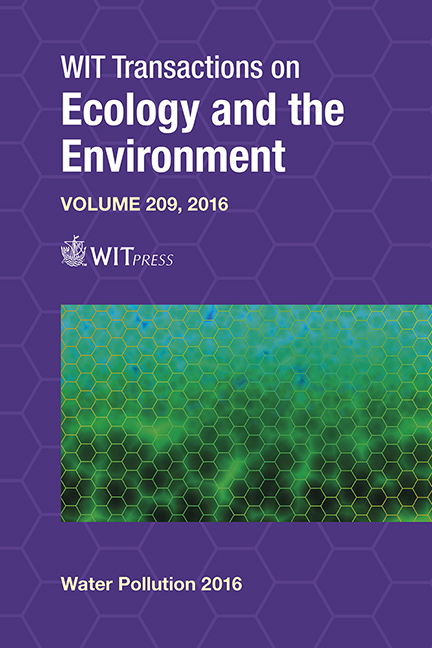Controlling Microcystis Aeruginosa Blooms In A Freshwater System: A Comparative Assessment Across Three Chemical Algaecides
Price
Free (open access)
Transaction
Volume
209
Pages
11
Page Range
139 - 149
Published
2016
Size
1,090 kb
Paper DOI
10.2495/WP160131
Copyright
WIT Press
Author(s)
S. Dia, I. Alameddine, D. Salam, M. El-Fadel
Abstract
Freshwater systems are facing mounting challenges as a result of excessive nutrient loading with 20 to 40% of global lakes and reservoirs considered eutrophic and unable to support their historical designated uses because of water quality impairments. While long-term basin-wide management measures that aim at reducing point and non-point pollution sources are invariably well known, they are often hard to implement in many watersheds due to socio-economic and political constraints. In this context, the use of algaecides can provide a temporary solution towards controlling excessive algal blooms, especially in the event of a toxic algal bloom. This study examined under laboratory conditions the efficacy of three algaecides (Copper Sulphate, Potassium Permanganate, and Diquat) on the hepatotoxin producing freshwater cyanobacteria Microcystis aeruginosa. Algaecide efficacy was measured over 96 hrs. The results showed that Diquat and Copper Sulphate were significantly more effective than Potassium Permanganate for controlling Microcystis aeruginosa. Reduction rates were temporarily variable, with the largest rates reported between 48 and 72 hrs of treatment. Optimal dosages for the three algaecides were developed, while ensuring that application rates were environmentally safe.
Keywords
algaecides, Copper Sulfate, Potassium Permanganate, Diquat, Microcystis aeruginosa





